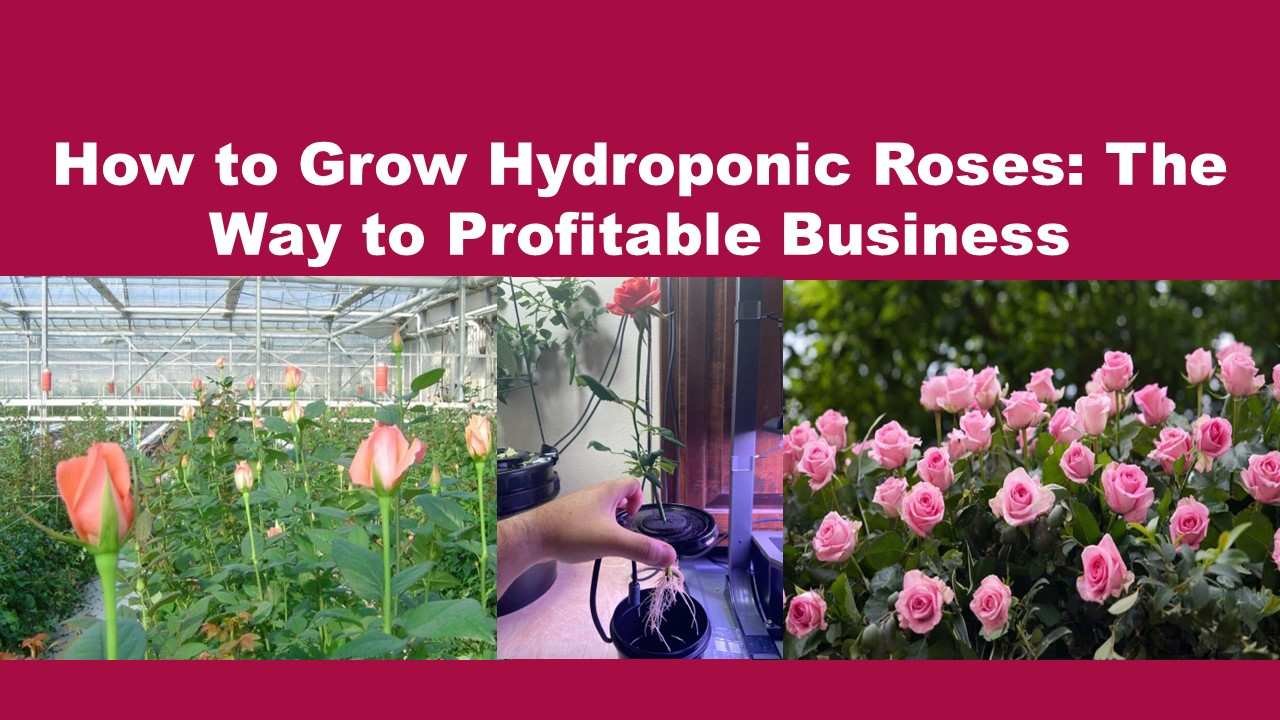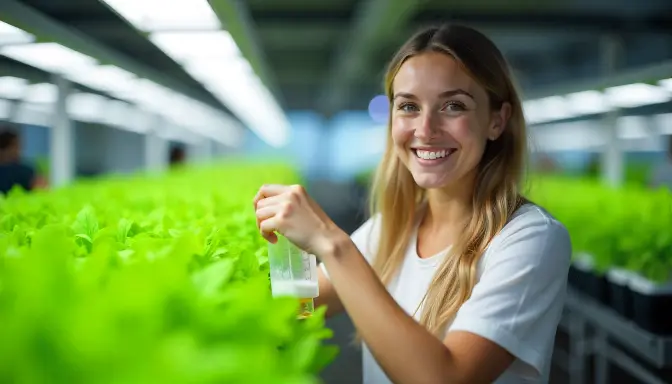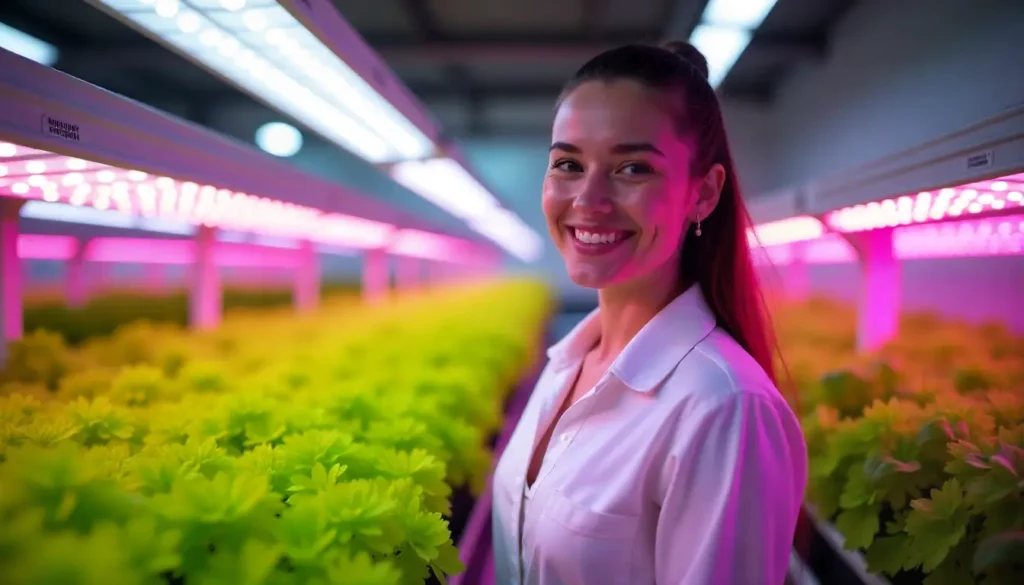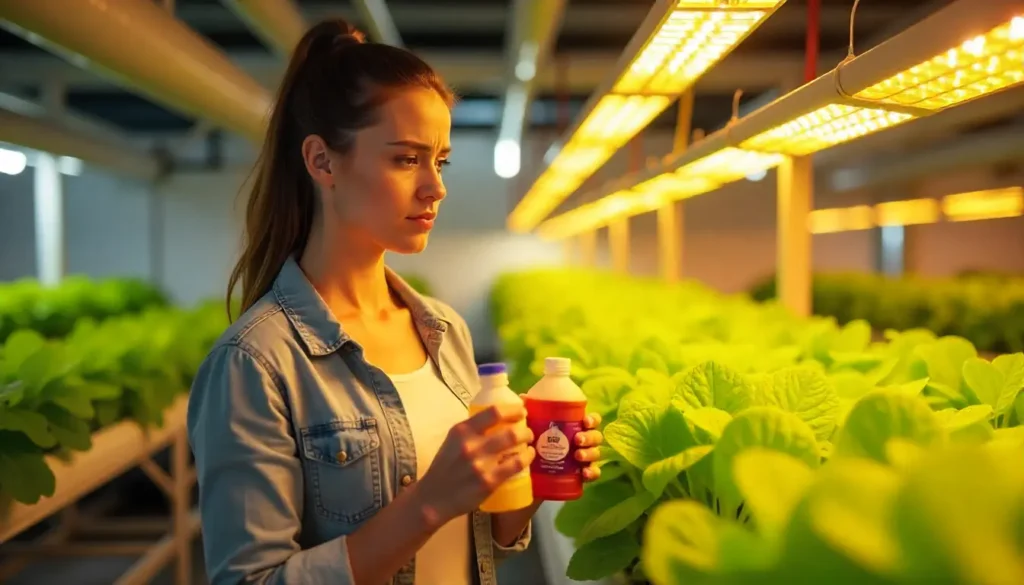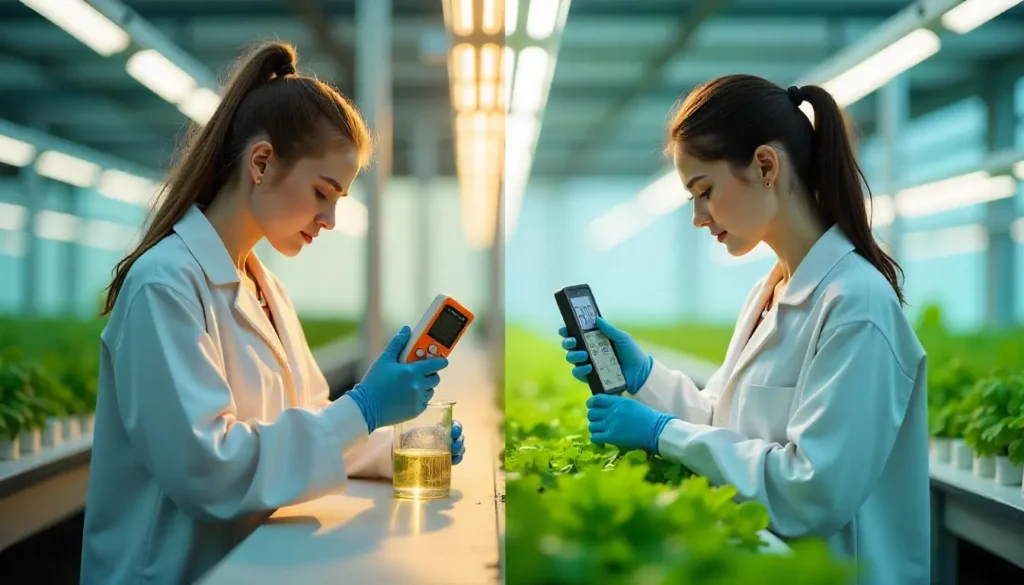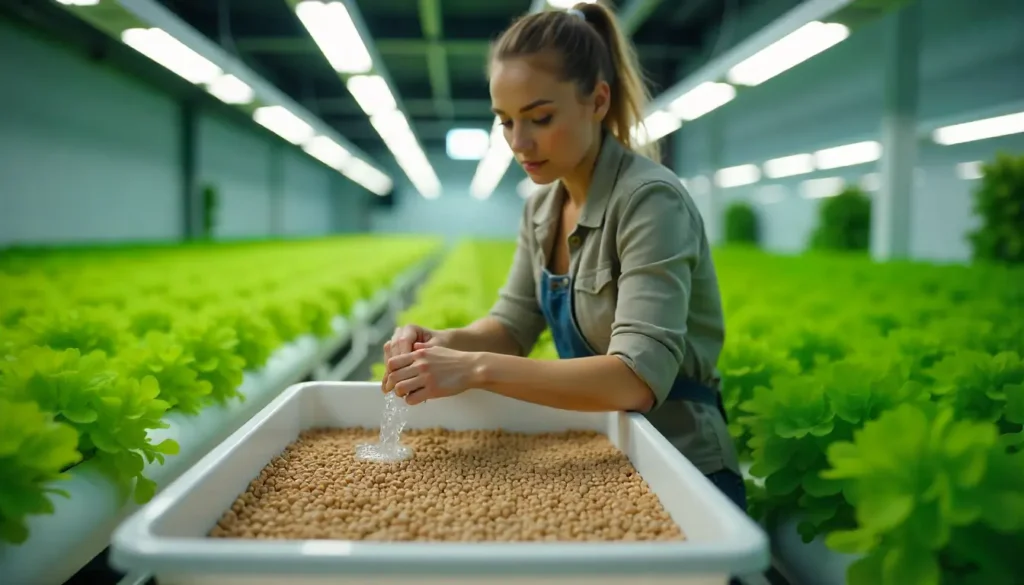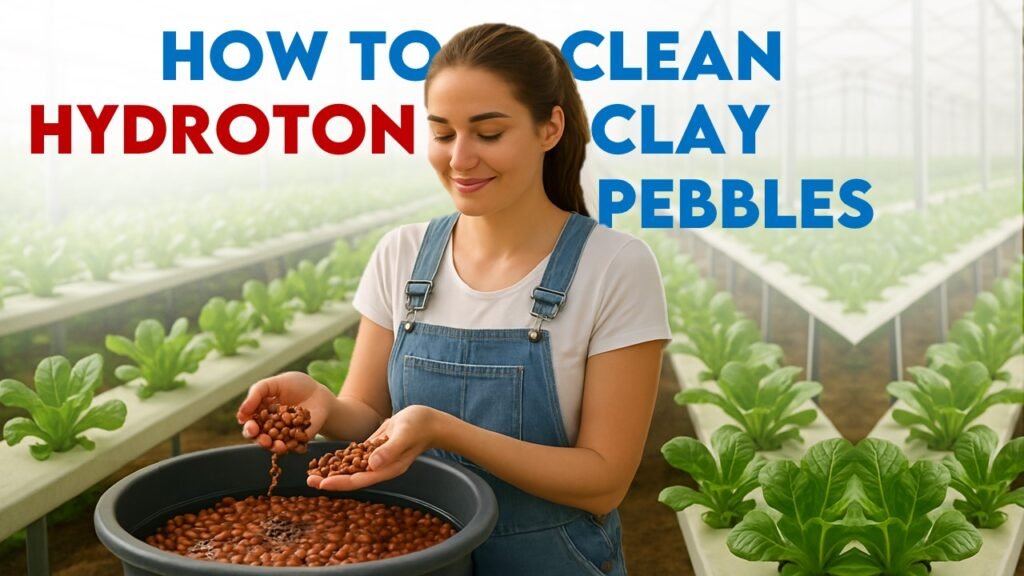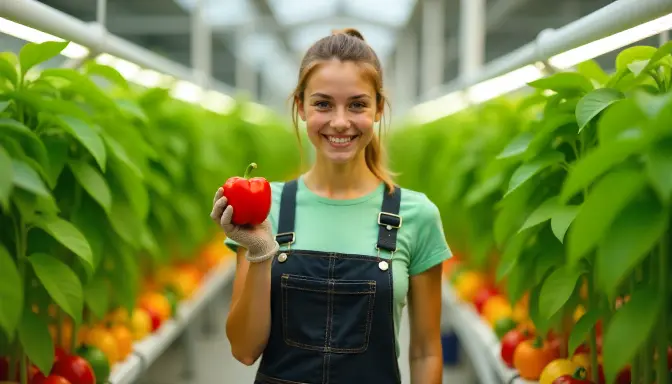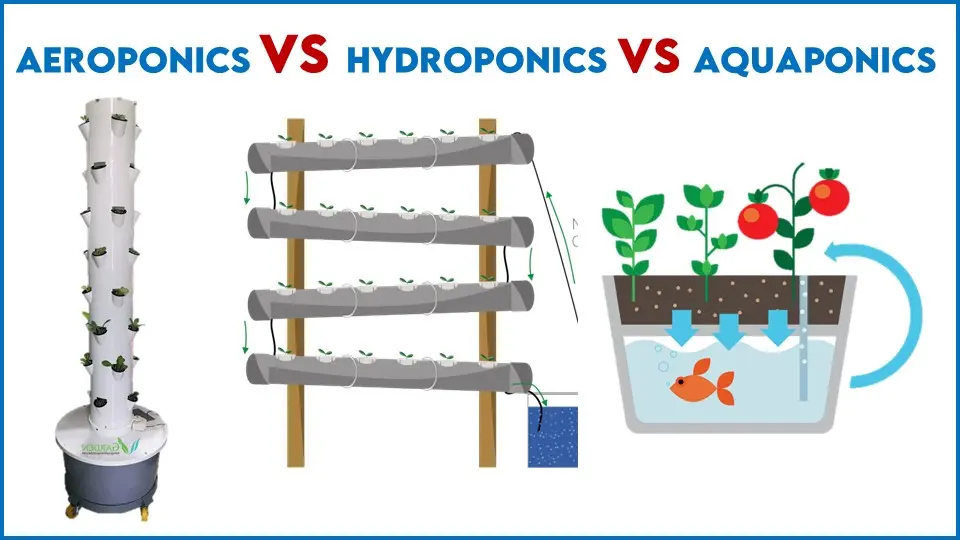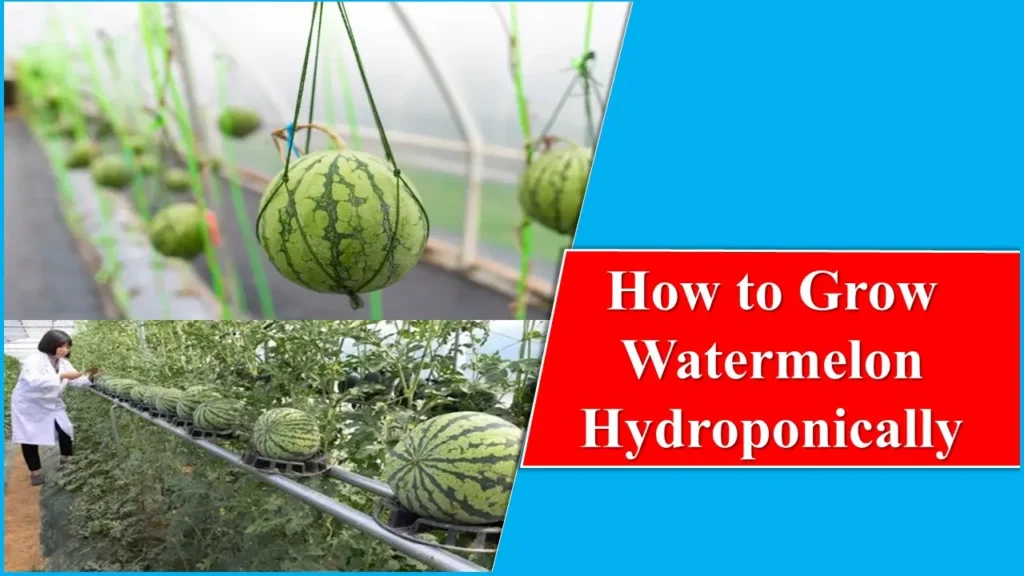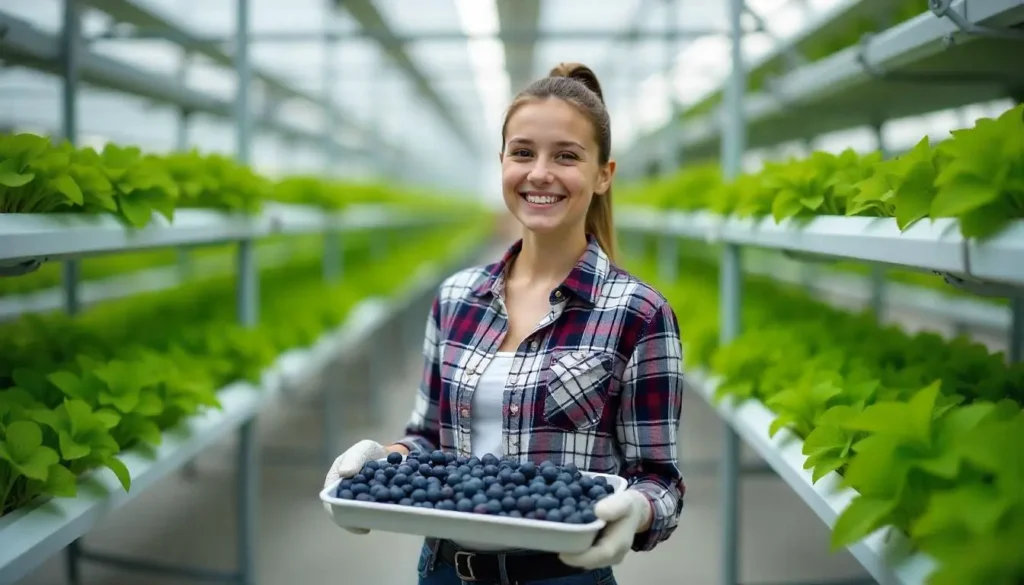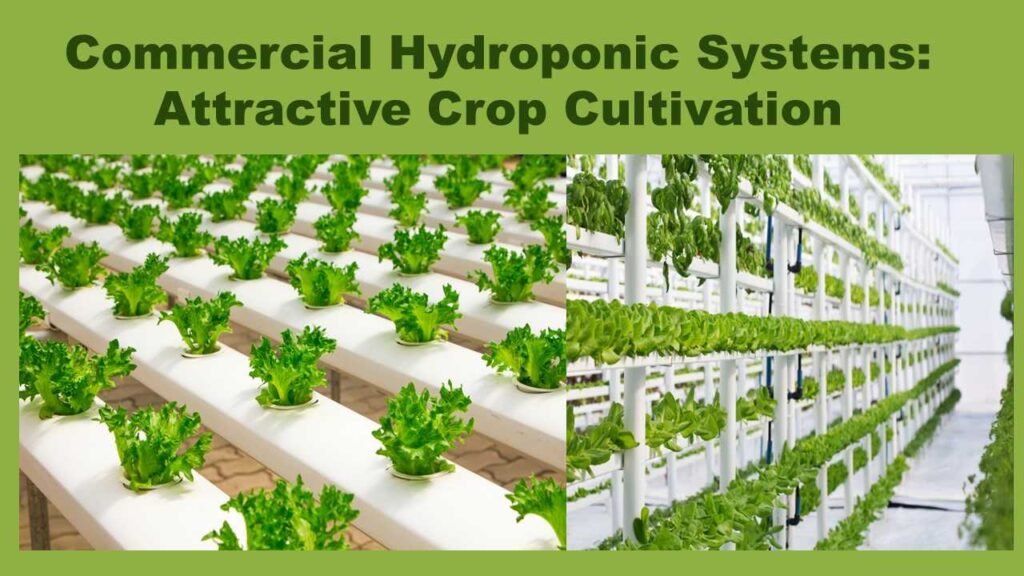Can you Grow Roses Hydroponically: Hydroponic Rose
Hydroponic roses are one of the most common flowers that can be grown with ease. Have you ever think that Can you Grow Roses Hydroponically? The answer is Yes you can grow rose but its not exactly way what you thinking. Hydroponics is methods of growing plants in soilless condition it can be either in nutrient solution or in grow medium other than soil, hence it know broadly as Soil Less Cultivation. Rose has vigorous growth hence it is no possible to grow in nutrient solution therefore we rose are grown in grow medium, that comes under hydroponic rose.
Rose is regarded as a symbol of love, sympathy, or sorrow. They are one of the oldest flowers with richness of scent and vary in size, shape and color ranging from pastel pink, peach, orange, yellow, black and red. Many people prefer a rose flower in their garden to make it more beautiful and also for the love and affection that it symbolizes. Therefore, planting roses in greenhouses has become a successful business for maximum profits that would be available for around the year.
Prerequisite Conditions Before Planting Hydroponic Roses
- The pot (with a 2-inch hole on the lower side) with grow media, into which roses are planted should have the optimum amount of moisture and a healthy stem (more than 6 inches) with a bulb (colored) is preferred. The cuttings should be taken from the upper part of the plant.
- The lower part (about 2 inches) of stem is then kept in rooting hormone which increases the survival rate of the plant. This pot with the cutting is kept in any part of the home where there is plenty of sunlight available. It should be moisturized at regular intervals of time. The roots will come up in about 1 month.
- The plants are then placed in the hydroponic medium enriched with nutrients. This medium will take care of the water requirement of plants. A regular power supply is necessary here.
Ease of Raising Hydroponic Rose Plant
- Rose crop can be grown on the same substrate for many years
- The substrate should be firm and stable so that the crop can make full use of the total substrate volume throughout its cultivation period. Examples of substrates include cocopeat, perlite, rock wool or vermicompost.
- A constant supply of water along with fertiliser via a pump is done to meet the needs of the plant without causing any harm to the roots. This helps in the conservation of water also, in a way that this technique involves recycling and reuse of nutrient-rich solutions instead of their runoff or wastage.
- In contrast to soil-grown roses, where there is oxygen starvation due to overwatering that causes yellowing of leaves, in hydroponics this is not the case, there is an increased supply of oxygen in the root zone. The media drains away the excess water easily which is then collected and reused.
- The setup requires less space as compared to the conventional system of raising roses.
- Due to the absence of intercultural operations, labor and garden maintenance is reduced.
- Easy elimination of disease and pest problems while weeds are non-existent.
- More control over the plant’s rooting environment by manipulating the darkness, temperature, and humidity of the root’s zone.
- Hydroponic roses grow somewhat at a faster pace and yield more than the conventional methods of rose cultivation due to improved resistance against diseases, many vibrant colors, and a long flowering season.

Steps to Grow Rose in Soil Less Media | how to grow roses hydroponically
The required steps to grow hydroponic roses are:
Selection of rose cultivar:
It depends on one’s choice of doing business, whether to produce full flowers or cut flowers. There are a variety of rose cultivars that grow well in hydroponic systems like climbing roses (require trellis system for support), bushy roses (consists of shrub roses), and modern roses (hybrid tea roses/long-stemmed roses).
Some rose varieties that one can consider are as follows:
| Old roses | lady banks, green banks and Yolande |
| Modern/hybrid roses | grandiflora, hybrid tea rose, amber queen and iceberg |
| Wild roses | Multiflora rose, Rugosa rose |
| Miniature roses | Kristin, Rise n’ shine, magic carousel, Child’s play, and baby boomer |
| Climbing roses | Alfred carriere climbing rose, zephirine drouhin climbing rose |
Hydroponic roses propagation:
Commercially the roses are propagated only through cuttings for raising rootstocks for budding the desired scion varieties onto them. The growers can either get the cuttings from the healthy plants at their gardens or can purchase them from specialist propagators/breeders.
Cuttings taken during monsoon and spring respond well. The length of hardwood cuttings should be 20-25 cm above a bud where the shoot is turning woody but the soft tips are trimmed off with the basal cut just below a node, at least with 3 nodes and devoid of leaves at least the lower ones, out of which 2/3rd of the length is pushed down in the soil for rooting and 1/3rd above.
Roses are commercially propagated by ‘T’ budding or shield budding. In this case the plant material from two different roses are united to combine the virtues of both, one that is bud-grafted is known as scion and is meant for producing desired quality of flowers on a desired stock on which the scion is budded.
Before proceeding to choose rose cuttings, the most important step is to choose the spot where these cuttings are to be rooted. It should be in indirect light and the better rooting medium would be coco-fibre as it has great drainage and it virtually cannot be over-watered, besides the roots are even sturdier in this substrate.
Cuttings are kept consistently moist (not wet) and for that either these should be in the mist chamber or water can be misted over them several times a day or even a transparent plastic bottle or transparent plastic sheet can be used to cover them creating the greenhouse effect (bottom of the bottle should be removed with a scissors before using it).
Direct Planting :
Many growers stick non-rooted cuttings directly in the final container. The method reduces labour costs by eliminating the transplant step and can produce a more uniform product. Production time is also often reduced. However, a larger, more controlled propagation area is required. Death of one cutting in a pot can ruin the marketability of a 15 cm pot.
cutting must be graded to the same size in each pot for a uniform final product. Containers for direct sticking should be filled close to the top with medium and watered before sticking. One or two lower leaves should be removed from the base of the cuttings so that they may be stuck 1.25-2.5 cm deep. Stenting is a quick method of propagation of roses based on whip grafting. In stenting method, a selected cultivar budded on an unrooted cutting of a rootstock results in a complete plant in 3-4 weeks.
Rooting container (10 cm size container will be most suited) are prepared and filled with sterile rooting medium such as coco-fibre. It is now watered thoroughly and is allowed to drain out the excess water.
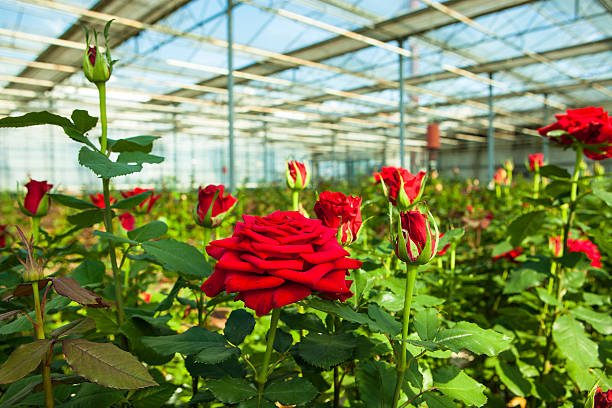
Hydroponic System for Rose Cultivation
- Media Based System – Rose are grown in media based medium, Soilless cultivation of roses can be done only when there is provision to protect them from adverse environment.
- The choice of nutrient solution is considered to be the liquid gold for growing roses hydroponically because it provides essential elements for excellent plant growth and development. It should contain a balanced amount of nitrogen, phosphorus and potassium along with a minute amount of calcium, sulphur and magnesium for producing maximum flowers. Moreover, the media should be stable, inert, and non-compact which makes the hydroponics technique more productive.
- A pH analyzer can also help to measure properly the level of acidity and alkalinity in the growing medium and nutrient solution. The pH range of 6.5 to 7.5 is considered optimal for growing hydroponic roses with a temperature of around 65 to 75℃.
- Introduction of some beneficial bacteria or fungi into the setup can help the breakdown of nutrients for trouble-free absorption by the flowers.
Hydroponic Crop Nutrient Range Selector
Pruning:
Utilise hand pruners to cut the plant’s damaged parts either branches or stems due to their better grip and sharpness. Pruning starts right from planting, and if any root is broken that is removed and the cane height is also reduced leaving only 3-4 dormant axillary buds, when new shoots start appearing and the floral bud is either smaller than pea-size, its removal is termed as ‘soft pinch’ and sometimes it is repeated twice or in case when bud size is larger than a pea-size it is termed as ‘hard pinch’.
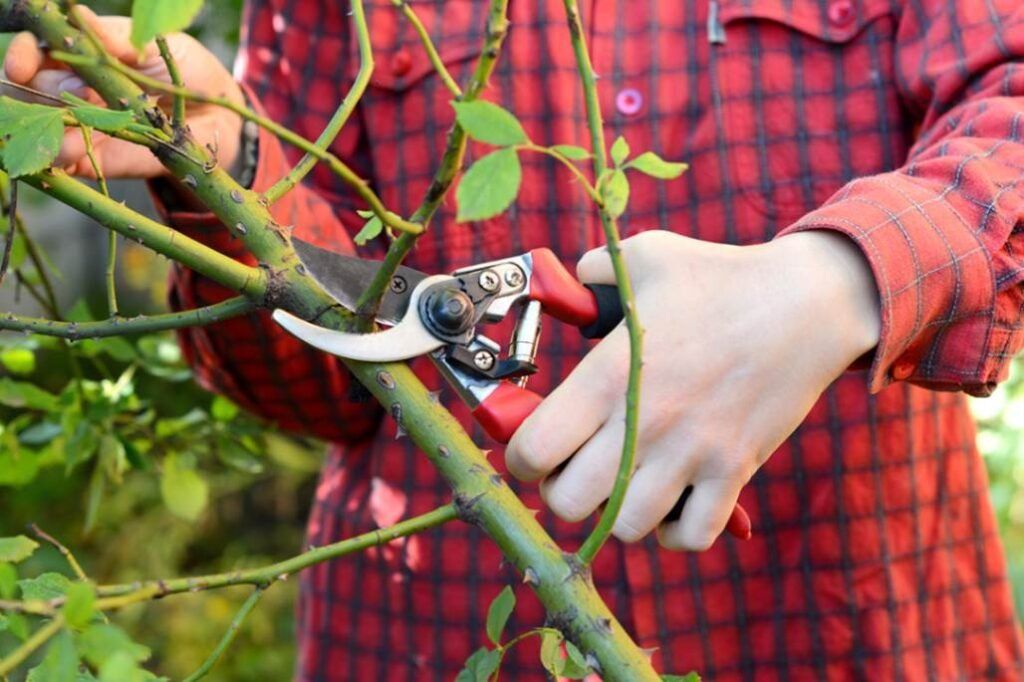
Light
Planting sites may have full sun to partial shade; roses do best with 6 hours or more of direct sun with 6,000-8,000 f.c. light. In a hydroponic setting, sodium halide lamps or compact fluorescent bulbs produce favorable results. Lighting must be consistent and strictly controlled during the flowering stage. Whether the grower had better success with 18 hours of light and 6 hours of darkness, or a 12/12 photoperiod, the lights should be turned off and back on at exactly the same time each day.
Temperature
Ideal temperatures for rose growing are between 18 and 24°C, however, these tolerate from 15 to 28 °C for flowering. Many varieties of roses are able to withstand cold winters, even then gardeners still need to protect them to ensure survival and minimize stress on the plants. Although the greenhouse will take care of nearly all the environmental conditions for the roses, growers may want to place their hydroponics systems outside in their gardens so as to add beautification to their garden. If the hydroponics system is placed outdoor, wrapping roses in gauze or a burlap mesh before cold weather arrives is a good idea, as is planting them in a sheltered spot. Some growers mound mulch around their rose bushes, and hold it in place with chicken wire. This can protect roots and stalks. Wait until just before the onset of serious frost before applying winter protection. If protection is applied too early, the winter hardiness of the plant is jeopardized. Before wrapping or mulching, the fall clean up should be done by removing plant debris and diseased plant parts. Spring pruning will remove tip dieback. In very hot climates, the roses must be protected from intense afternoon sun.
pH Requirements
Roses prefer well-drained medium with a pH value of 5.5 to 6.5 and EC less than 1.0. The likelihood of micronutrient deficiencies becomes greater as pH increases, especially for pH values above 7.5.
Harvesting of Hydroponic Roses:
Use sharp pruners to cut roses. If one is harvesting for decoration purposes, cut the flower in the early morning just when the bud starts to open. It will augment its vase life. Put the harvested roses in a clean bucket containing freshwater which helps in keeping the flowers fresh.
Benefits of Roses for Humans:
There are numerous reasons why roses are considered a healer for humans, some of which are:
- The rose petals are used as astringent in many skin lotions
- The acne issues can be treated with the regular use of rose water naturally
- The body‘s immune system can be improved with the use of rose water
- It cures sore throat
- Acts as a home remedy to treat constipation and diarrhoea problems

Future Prospect of How to Grow Hydroponic Roses:
Hydroponics is a possible substitute for those who love to do gardening in the cities and generally practice soil pot culture to grow rose plants. With the use of low-cost materials, hydroponics rose cultivation can be easily acquired in soil stress areas. Due to its high economic value and being an important ornamental species, rose cultivation is considered a beneficial business to earn more profit for farmers who are ready to combine traditional knowledge with scientific principles.
One should be skilled and experienced in managing hydroponic growing systems to raise hydroponic roses because it requires scientific handling of crops concerning temperature, humidity, nutrition to crops, and control of pests. In the end, the initial investments by any person in this technique will come to be worthwhile as he would have increased production and improved quality, saving water, and environmental benefits
Wrap Up:
For those who are looking for affordable, eco-friendly agriculture and food production, the hydroponics plant system is the optimizing technology. Food insecurity, unavailability of water, desertification, and pest resurgence can be managed by controlling the nutrient solution and other environmental factors with the adoption of this technique. Government interventions and the focus of research institutes will help in the evolution and improvement of the technique making its future more promising. Thus, it is rightly called “The future for crop cultivation”.
Do You Really Know About Hydroponics? Let’s Play a Quiz!
Think you know everything about hydroponics? It’s time to put your knowledge to the test! Play this interactive quiz and challenge yourself with questions about soil-less farming, nutrient solutions, and the amazing world of hydroponics.
Hydroponics Puzzle Quiz Game
Test your knowledge and reasoning in hydroponics with this fun and interactive quiz game!
Congratulations!
Latest Post
- Nutrients Required for Hydroponic Farming
- Types of Grow Light for Hydroponics
- Factors Affect Nutrient Solution in Hydroponics
- How to Maintain pH and EC in Hydroponics System
- How to Clean Hydroton Clay Pebbles For Reuse
- How to Clean Hydroton Clay Pebbles for Reuse
- Role of Grow Light in Hydroponics
- How to Grow Hydroponic Peppers (Bell Peppers Hydroponics)
- Aeroponics vs Hydroponics vs Aquaponics
- Difference between NFT and DFT Hydroponics : What’s best for you?
- Can You Grow Watermelon Hydroponically : Hydroponic Watermelon
- Best Vegetables for Hydroponics System
- How to Grow Hydroponic Kale : Step by Step GUIDE
- How to Prevent Root Rot in Hydroponics
- Can You Grow Blueberries Hydroponically?
Join Our Hydroponics Growers Group!
Connect with fellow hydroponics enthusiasts, share your ideas, ask questions, and grow together as a community.
👉 Join WhatsApp Group
